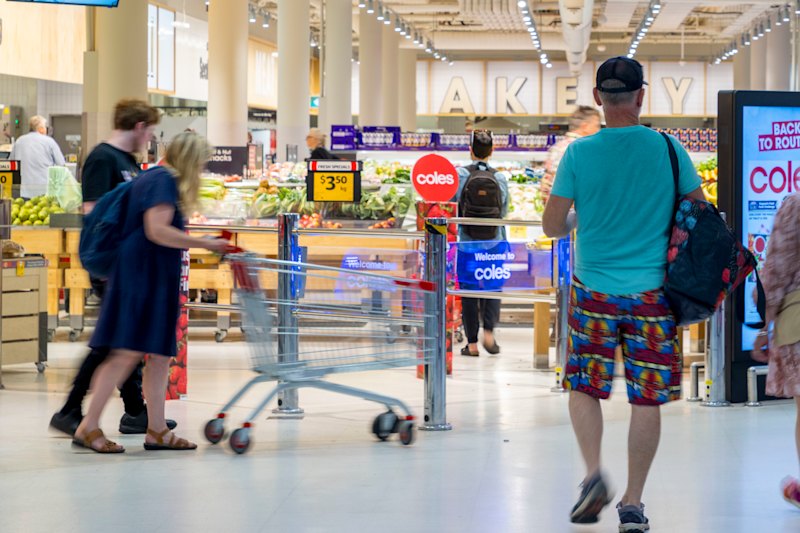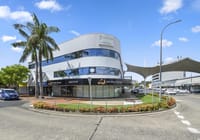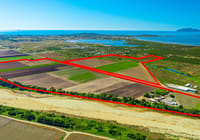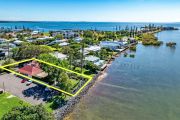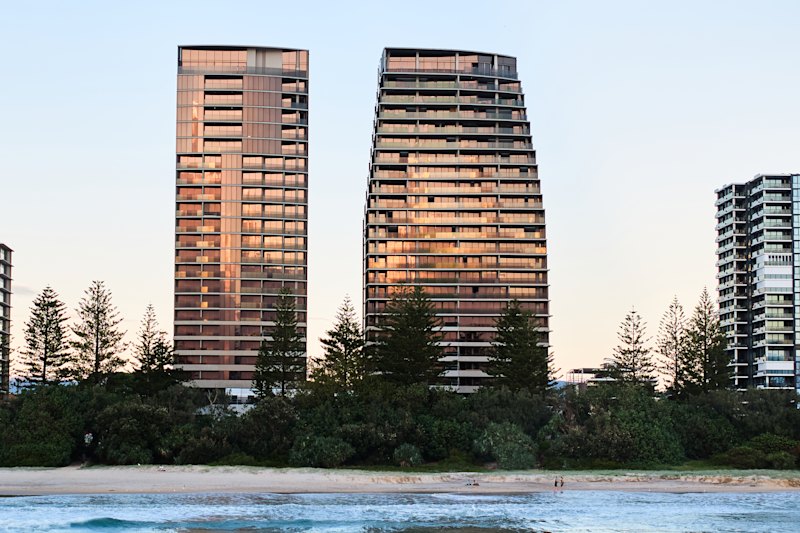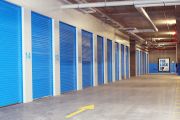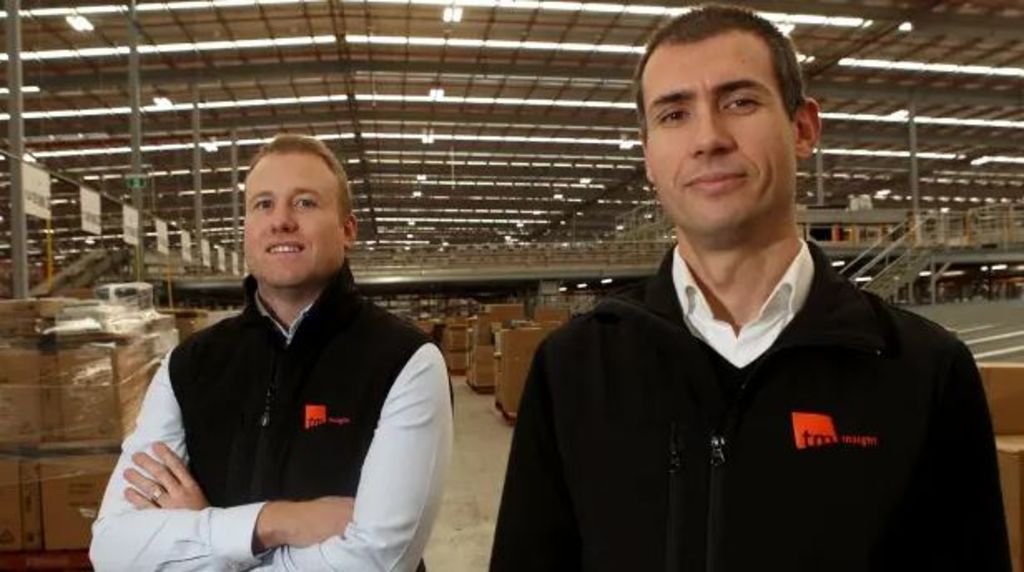
Automation the key for industrial property sector in 2019
“Automation” will be the buzzword for the industrial property market in 2019 as manufacturers, wholesalers and retailers discard outdated manually operated distribution hubs and invest in state-of-the-art new facilities in the quest to find the most efficient ways to deliver goods speedily to customers.
With demand for these hi-tech facilities set to outstrip supply, especially in land-constrained markets such as Sydney and Brisbane, rents are forecast to rise strongly this year, analysts, landlords and estate agents said, whilst on the investment from, demand from both offshore and local investors for prime assets should continue to drive up capital values.
“Automation will be key for new logistics facilities across the broad industry spectrum in 2019,” said Travis Erridge, co-founder of warehouse and supply chain consultancy TM Insight, which has designed and delivered new hi-tech warehouses for the likes of Woolworths, The Reject Shop, Bunnings and Kmart.
“Businesses are being driven towards automation due to the cost pressures of labour and transport and service pressures of fast and reliable delivery. All industries, even manufacturers, are now having to find ways to deliver direct to consumers and bypassing traditional distribution models to some extent,” he said.
This push towards automation has been most evident in the $1.5 billion Coles and Woolworths are investing in new warehouses in Sydney, Brisbane and Melbourne that they will lease from ASX-listed heavyweights Goodman Group and Charter Hall Group.
These automated, high bay warehouses – high clearance sheds that allow for maximum vertical storage of goods – operate 24 hours a day via a system of conveyer belts and shuttles, which sort, retrieve and distribute stock to waiting delivery trucks with minimal human interaction or human error.
While the cost of these new warehouses can be in the hundreds of millions of dollars when factoring in fitouts, institutional investment has flowed into the sector – and is expected to continue in 2019 – with logistics now one of the hottest real estate asset classes globally at the expense of the out-of-favour mall sector.
More demand
Highlighting this shift in investor sentiment from retail to industrial, in January, Australia’s most successful industrial property player, Goodman Group surpassed Westfield mall owner and operator Scentre Group as the most valuable A-REIT on the ASX with a market cap of $21.2 billion.
Goodman was also the top-performing A-REIT last calendar year on a total returns basis, a trend that could continue in 2019 given Goodman’s $3.6 billion global pipeline of developments, a near fully occupied $40 billion portfolio of assets in gateway cites and a client list that includes Amazon, Walmart, Wesfarmers, DHL and Toll.
Goodman boss Greg Goodman said he expected rental growth to be the main driver of industrial property returns in 2019.
“In the major cities, there is more demand for logistics than can be supplied. Occupiers are trying to get more costs out of their real estate and put more technology into their buildings so they can turn over stock more quickly and deliver it more swiftly,” Mr Goodman said in November.
In terms of investment, 2018 was a strong year for transactions with $4.42 billion of industrial assets changing hands across the country – up from $3.4 billion in 2017. Almost 50 per cent of that value was brokered in NSW which also saw yield compression of between 65 and 75 basis points and a surge in land values of between 35 and 43 per cent, according to Savills.
“Given the distances between the major cities and the major regional centres, those areas that have good connectivity and populations large enough to support demand for online goods will remain in high-demand for the forseeable future,” Savills research director Shrabastee Mallik said.
Mark Cuddy, who manages the Sydney-centric $3.7 billion industrial portfolio for ASX-listed Dexus, said he expected to see higher capital values and higher rents in 2019.
“Further rental growth is expected over 2019 in Sydney and Melbourne, supported by economic growth, infrastructure investment and limited short-term land supply and urban rezoning removing stock within traditional Industrial markets,” he said.
“The rise in e-commerce, combined with solid fundamentals, means investment demand for industrial assets is likely to stay positive, and with yield spreads to bond rates still wide, we expect to see higher capital values in 2019,” he added.
Commercial agents CBRE expect super prime rents to rise 3.1 per cent this year led by Adelaide (5.1 per cent) , Melbourne (4.1 per cent) and Brisbane (3.2 per cent). Rental growth in Sydney is forecast at 2.9 per cent for the year.
Cameron Grier, national director of industrial & logistics at CBRE, said while 2019 would be the end of the yield compression story, “it will be the start of the rental growth story, particularly in markets such as Melbourne where land prices have risen significantly in 2018”.
“We expect tenant demand to be strong again in 2019 – at similar levels to 2018 – with a steady increase from the e-commerce sector,” Mr Grier said.
“E-commerce is forecast to generate a requirement for 350,000 square metres of additional new industrial space each year until 2022.”


